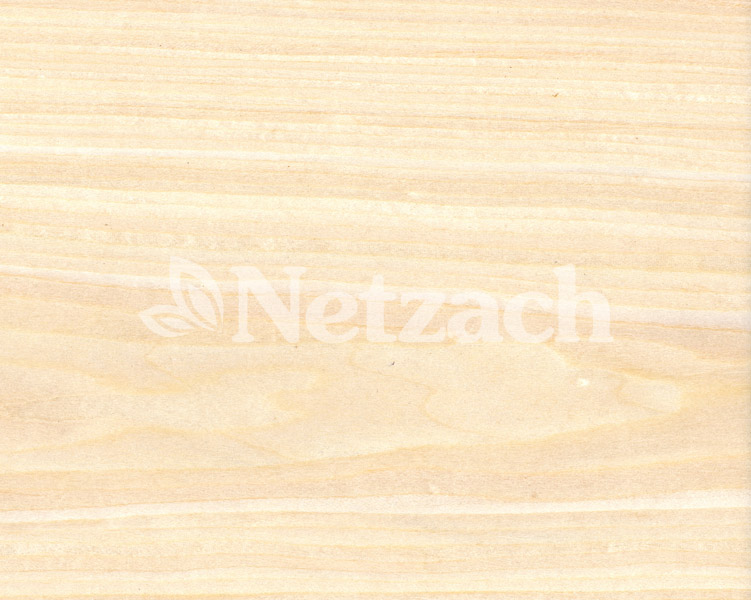Consistency in Grain and Color Shade
Engineered veneers are produced using a variety of techniques, including cross-banding, rotary cutting, and quarter sawing. These techniques ensure that the grain and color tone of the veneer is consistent throughout, regardless of the size or shape of the piece. This is in contrast to natural veneers, which can exhibit a wide range of variations due to factors such as the tree’s age, growing conditions, and the way it was harvested.
The consistency of engineered veneers makes them ideal for applications where a uniform appearance is desired, such as furniture, cabinetry, and architectural millwork. It also makes them easier to work with than natural veneers, as woodworkers do not have to worry about matching the grain and color of different pieces.
Overcoming Nature’s Imperfections
Natural veneers can be susceptible to a variety of imperfections, such as wormholes, knots, and splits. These imperfections can detract from the appearance of the veneer and make it more difficult to work with. Engineered veneers, on the other hand, can be treated to remove these imperfections, resulting in a veneer that is both aesthetically pleasing and easy to use.
In addition to removing imperfections, engineered veneers can also be treated with anti-corrosive and moth-proofing features. This makes them ideal for applications where the veneer will be exposed to the elements or to pests.
Care for Nature
Engineered veneers are often produced using wood from sustainable sources, such as forests that are certified by the Forest Stewardship Council (FSC). This means that the forests are managed in a responsible way that protects the environment and the livelihoods of local communities.
Engineered veneers can also help to conserve rare tree species. By using technology to replicate the grain and color tone of rare woods, engineered veneers can provide a sustainable alternative to harvesting these precious trees.
Rare Tree Species Can Be Replicated
Engineered veneer manufacturers use a variety of techniques to replicate the grain and color tone of rare tree species. One common technique is called “cross-banding.” In cross-banding, thin layers of wood are glued together at right angles to create a thicker veneer. This allows manufacturers to use smaller pieces of wood to create a veneer that is indistinguishable from solid wood.
Another technique used by engineered veneer manufacturers is called “rotary cutting.” Rotary cutting is a process in which a log is rotated against a sharp blade to create a continuous sheet of veneer. This technique can be used to produce veneer from even the smallest logs.
Finally, engineered veneer manufacturers also use a technique called “quarter sawing.” Quarter sawing is a process in which a log is cut into quarters and then sliced into veneer. This technique produces veneer with a distinctive grain pattern that is prized by woodworkers.
By using these techniques, engineered veneer manufacturers can produce veneer that is indistinguishable from solid wood, even from rare tree species. This makes engineered veneers a sustainable and affordable alternative to solid wood for a wide range of applications.





